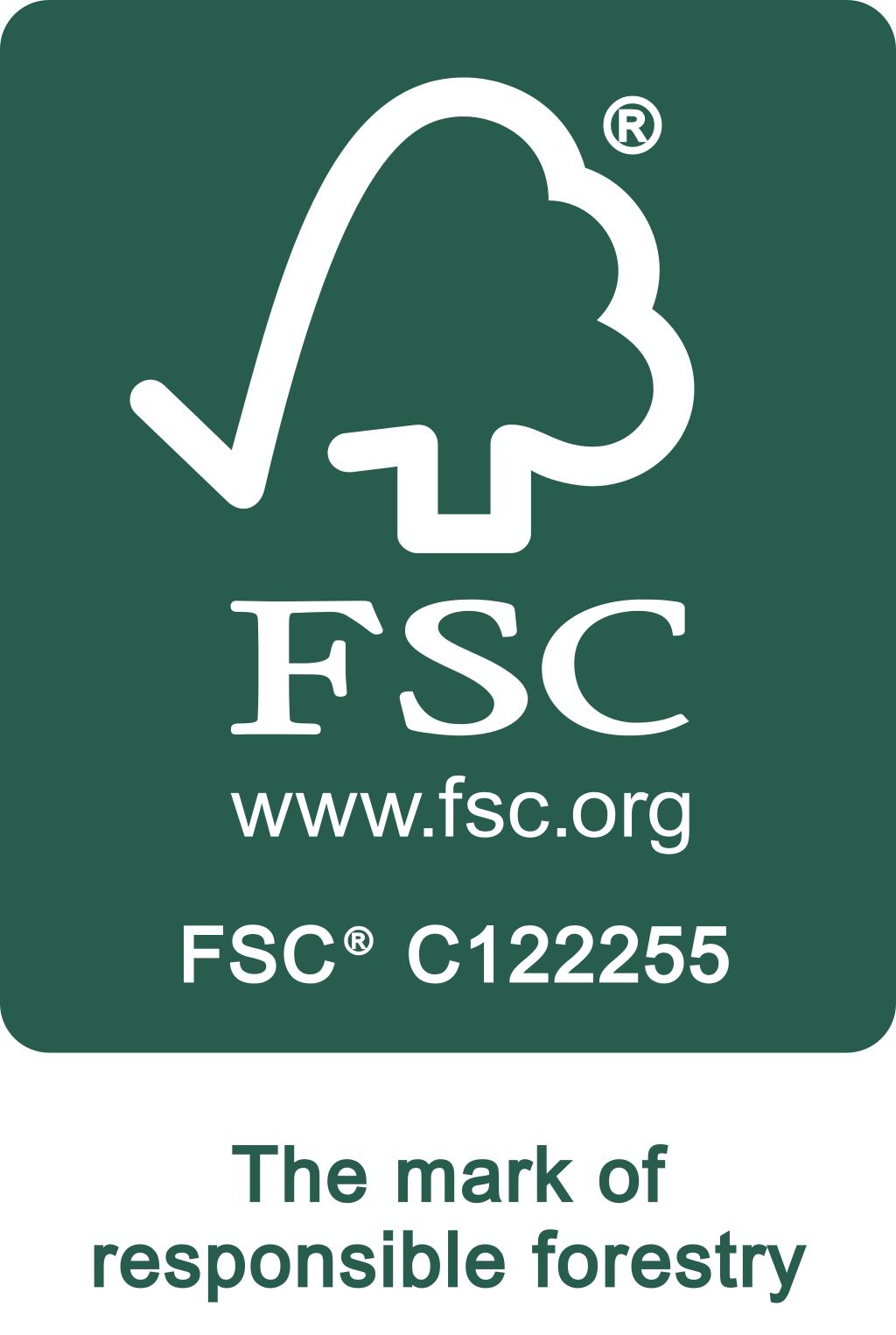12th Aug 2024
Timber and Climate Change: How Sustainable Forestry Practices Mitigate Environmental Impact
Introduction: Timber is a fundamental resource deeply intertwined with human civilization since ancient times. From construction to paper production, it serves various essential needs. However, with increasing awareness of climate change and environmental degradation, the timber industry faces scrutiny for its impact on ecosystems and carbon emissions. In this blog post, we'll explore how sustainable forestry practices play a crucial role in mitigating these environmental concerns.
Understanding Sustainable Forestry: Sustainable forestry involves managing forests in a manner that balances economic, social, and ecological aspects while ensuring the long-term health and productivity of forest ecosystems. Key principles include responsible harvesting, biodiversity conservation, protection of soil and water resources, and community engagement.
Carbon Sequestration: Forests act as carbon sinks, absorbing atmospheric carbon dioxide and storing it in trees, soil, and other organic matter. Sustainable forestry practices help enhance this carbon sequestration capacity by promoting the growth of healthy, diverse forests. By maintaining forest cover and minimizing deforestation, carbon emissions from timber harvesting are reduced, thus mitigating climate change.
Biodiversity Conservation: Healthy forests support a wide array of plant and animal species, contributing to biodiversity conservation. Sustainable forestry practices prioritize maintaining habitat diversity, preserving critical wildlife corridors, and protecting endangered species. By safeguarding biodiversity, these practices help sustain ecosystems and strengthen their resilience to environmental disturbances.
Soil and Water Protection: Forests play a crucial role in regulating water cycles and preventing soil erosion. Sustainable forestry practices such as reforestation, agroforestry, and erosion control measures help maintain soil fertility, prevent sedimentation of water bodies, and regulate water quality. These practices contribute to watershed protection, supporting both human communities and aquatic ecosystems.
Community Engagement and Livelihoods: Sustainable forestry involves collaboration with local communities, indigenous groups, and stakeholders. By incorporating traditional knowledge and respecting land rights, sustainable forestry practices promote social equity and economic development. Community-based forest management initiatives empower local residents, create employment opportunities, and foster a sense of ownership and stewardship towards forests.
 Certification and Standards:
Certification schemes such as the Forest Stewardship Council (FSC) and the Programme for the Endorsement of Forest Certification (PEFC) provide assurance that timber products originate from responsibly managed forests. These standards ensure compliance with environmental, social, and economic criteria, offering consumers the choice to support sustainable forestry practices. Nottage Joinery (trading as TimberOnline.co.uk) hold a current FSC Certification and PEFC Certification.
Certification and Standards:
Certification schemes such as the Forest Stewardship Council (FSC) and the Programme for the Endorsement of Forest Certification (PEFC) provide assurance that timber products originate from responsibly managed forests. These standards ensure compliance with environmental, social, and economic criteria, offering consumers the choice to support sustainable forestry practices. Nottage Joinery (trading as TimberOnline.co.uk) hold a current FSC Certification and PEFC Certification.
Challenges and Future Perspectives: While sustainable forestry offers significant benefits, challenges such as illegal logging, land conversion, and climate change impacts pose ongoing threats to forest ecosystems. Addressing these challenges requires concerted efforts from governments, industries, and civil society to strengthen regulatory frameworks, promote sustainable land-use practices, and invest in forest conservation and restoration initiatives.
Conclusion: Timber remains an indispensable resource for human society, but its production must align with environmental sustainability goals. Sustainable forestry practices provide a pathway to mitigate the environmental impact of timber harvesting, promoting forest health, biodiversity conservation, and community well-being. By embracing these practices and supporting responsible forest management, we can foster a harmonious relationship between timber production and environmental stewardship in the face of climate change.
